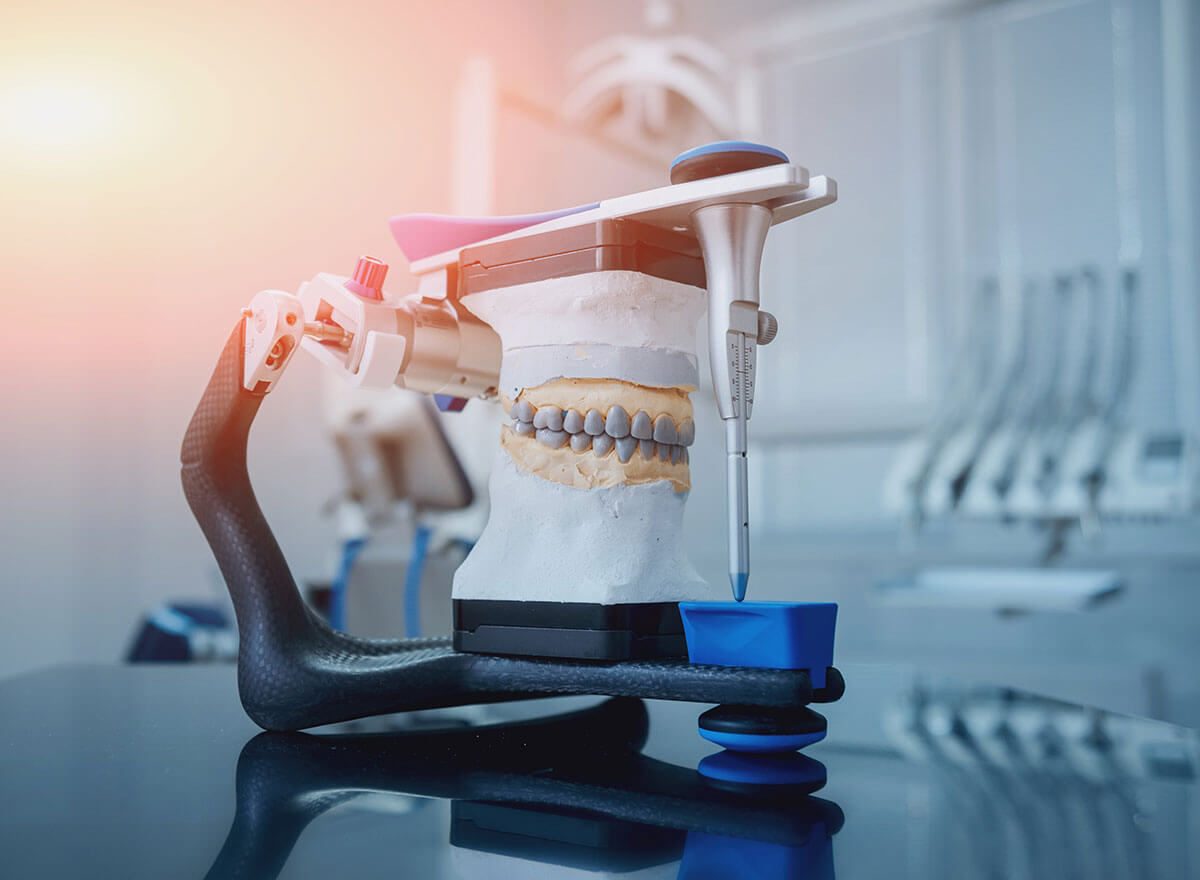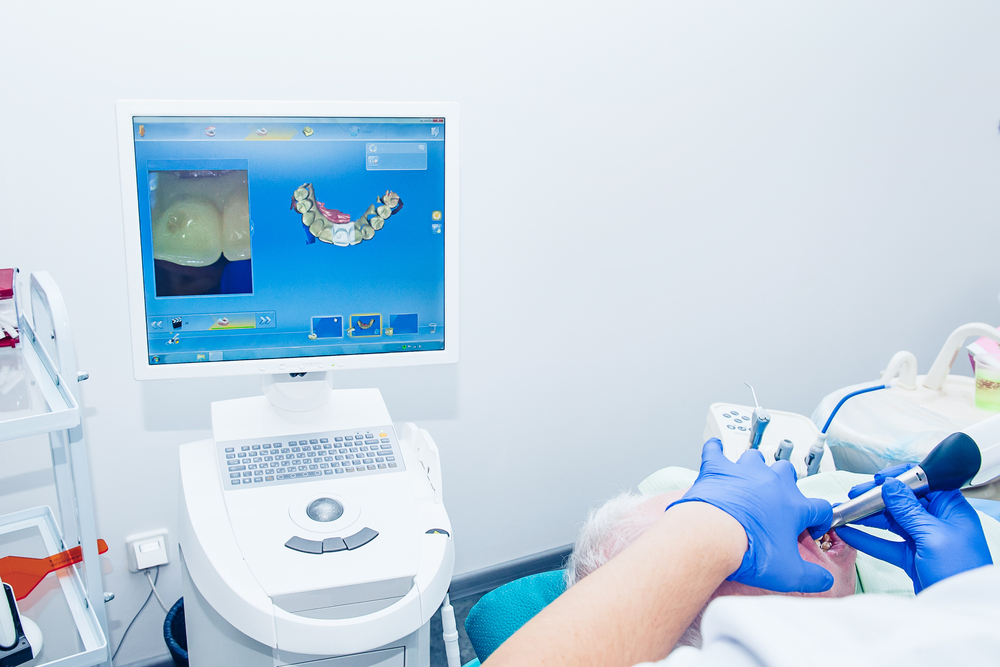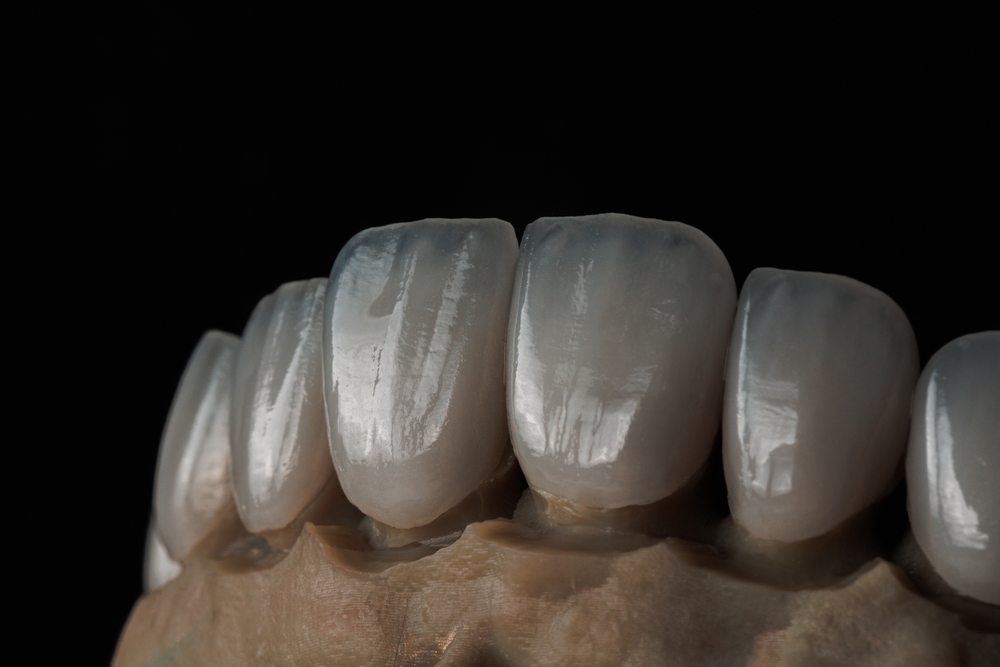In the world of dentistry, dental articulators play a crucial role in the accurate diagnosis and treatment planning of various dental conditions. These devices serve as a platform for simulating the movement and alignment of teeth, allowing dental professionals to analyze occlusion, develop treatment strategies, and fabricate restorations with precision. In this blog, we will delve into the different types of dental articulators and explore their unique uses and benefits.
Non-Adjustable Articulators:

Non-adjustable articulators are the simplest and most basic type of dental articulators. They provide a fixed hinge axis and condylar inclination. While they lack the adjustability and flexibility of more advanced articulators, they are suitable for basic procedures, such as patient education, teaching purposes, and preliminary assessments. Because they function like a hinge, some dental professionals argue that they are not true articulators since they do not simulate actual jaw movement.
Semi-Adjustable Articulators:

Semi-adjustable articulators offer a greater level of adjustability and mimic the natural movement of the patient’s mandible. They typically have adjustable condylar inclination and centric relation settings, allowing dentists to replicate patient-specific occlusal relationships. However, they also have fixed values based on average measurements, meaning that they cannot be completely customized. Nevertheless, semi-adjustable articulators can be used in most cases. These articulators are commonly used for restorative dentistry, such as crown and bridge work, and allow for more precise mounting of dental casts.
Fully Adjustable Articulators:
Fully adjustable articulators are considered the most sophisticated and versatile type of articulators. They provide extensive adjustability in various parameters, including condylar inclination, Bennett angle, incisal guidance, and centric relation. These articulators closely replicate the patient’s temporomandibular joint (TMJ) movements and allow for comprehensive treatment planning and fabrication of complex dental prosthetics. They are often utilized in the field of prosthodontics for full-mouth rehabilitation, orthodontic treatment planning, and implant dentistry.
Facebow:
A facebow is an accessory used in conjunction with articulators to transfer the patient’s maxillary arch relationship to the articulator. It records the spatial orientation of the patient’s maxillary arch relative to the temporomandibular joint. This information is crucial in mounting dental casts accurately on the articulator, ensuring proper occlusion and alignment. facebows are particularly useful in full-mouth reconstructions, denture fabrication, and complex restorative cases.
The two main types of facebows used in dentistry are the Arbitrary (Average) facebow and the Kinematic (Axis) facebow.
Arbitrary (Average) Facebow:

The Arbitrary facebow is a commonly used type of facebow that provides an average reference point for mounting the maxillary cast on the articulator. It consists of a U-shaped frame that fits around the patient’s head and has adjustable condylar rods that attach to the patient’s ear canals. The rods are positioned parallel to the interpupillary line, which represents the average axis of rotation for the maxilla.
The Arbitrary facebow is designed based on average anatomical measurements and does not take into account the patient’s specific temporomandibular joint (TMJ) movements. It provides a generalized approximation of the maxillary arch relationship to the condyles, allowing for the mounting of dental casts in a relatively accurate position on the articulator.
Kinematic (Axis) Facebow:
The Kinematic facebow is a more advanced type of facebow that aims to capture the patient’s individual TMJ movements and establish a more precise reference point for mounting the maxillary cast. It considers the patient’s specific hinge axis, which is the axis around which the mandible rotates.
The Kinematic facebow consists of a U-shaped frame similar to the Arbitrary facebow, but it also incorporates an additional component called the facebow fork. The fork attaches to the patient’s maxillary teeth or an intraoral splint, capturing the unique hinge axis of the patient’s mandible. This information is then transferred to the articulator, allowing for mounting the maxillary cast in a more patient-specific and accurate position.
The use of a Kinematic facebow helps replicate the patient’s individual TMJ movements, resulting in improved occlusal accuracy and a more precise fit of dental restorations.
Both types of facebows serve the purpose of transferring the spatial orientation of the maxillary arch to the articulator, facilitating proper occlusal alignment and improving the accuracy of dental treatments. The choice between an Arbitrary facebow and a Kinematic facebow depends on the specific requirements of the case and the dentist’s preference for achieving the desired level of precision.
Electronic Articulators:
With advancing technology, electronic articulators have emerged as a modern alternative to traditional mechanical articulators. These articulators utilize digital sensors to capture and analyze mandibular movements and occlusal relationships. They offer real-time data, computerized measurements, and digital records of patient-specific occlusion. Electronic articulators streamline the treatment planning process, enhance accuracy, and facilitate communication between dentists and dental laboratories.
In Conclusion:
Dental articulators serve as indispensable tools in the field of dentistry, aiding in accurate diagnosis, treatment planning, and restorative procedures. Whether it is the basic non-adjustable articulators for initial evaluations or the fully adjustable ones for complex treatments, each type has its specific uses and benefits. Additionally, the inclusion of facebows and electronic articulators further enhances the precision and efficiency of dental treatments.
Understanding the different types of dental articulators and their applications enables dental professionals to provide optimal care for their patients. By utilizing these devices effectively, dentists can ensure accurate occlusal relationships, superior treatment outcomes, and ultimately enhance the overall dental experience for their patients.




